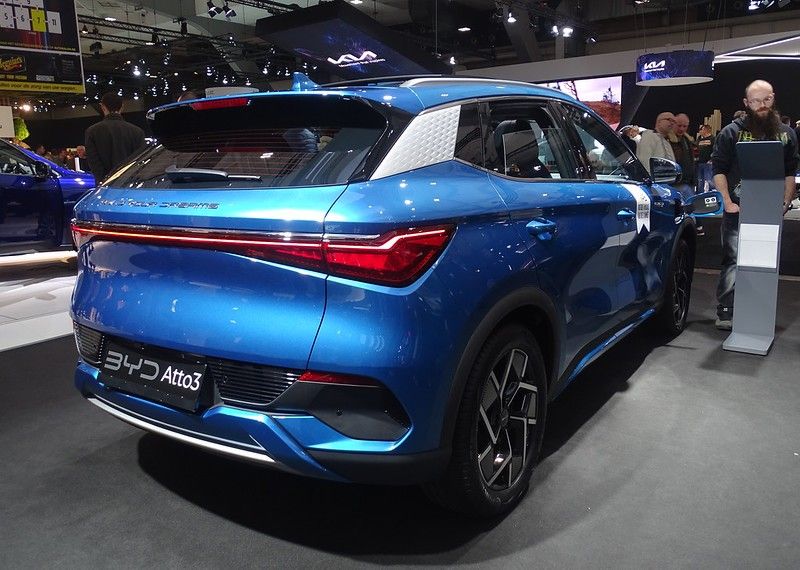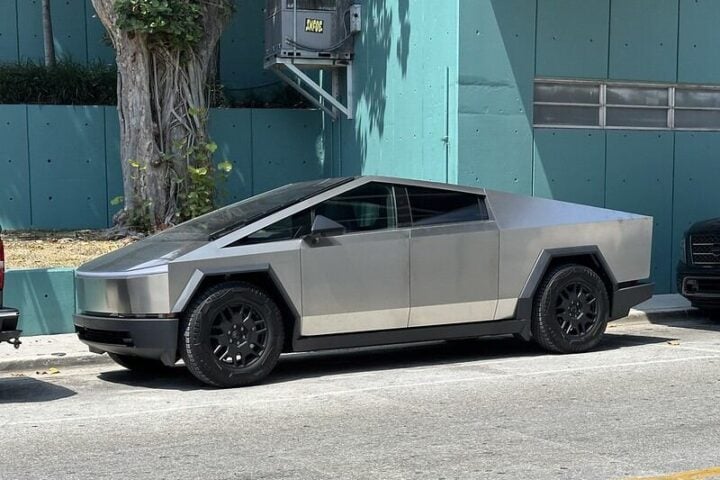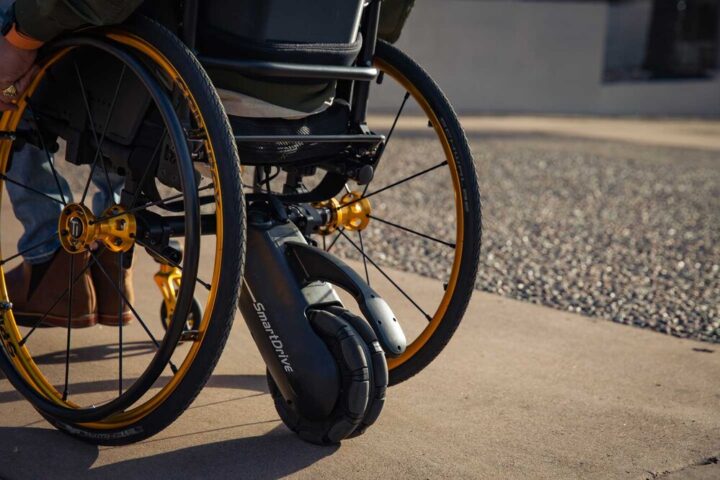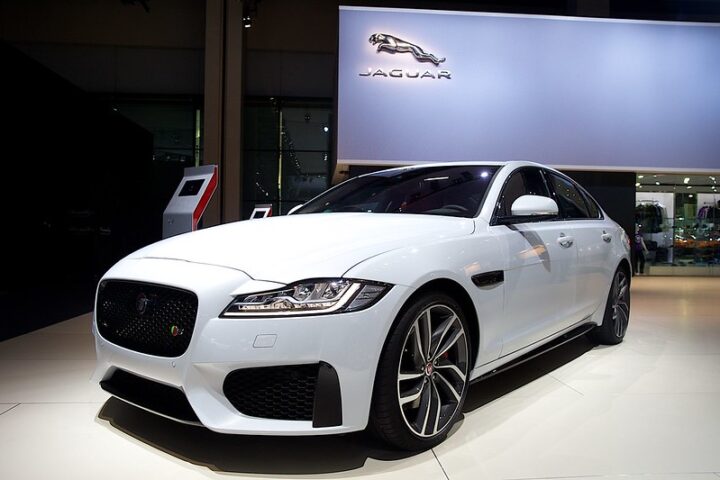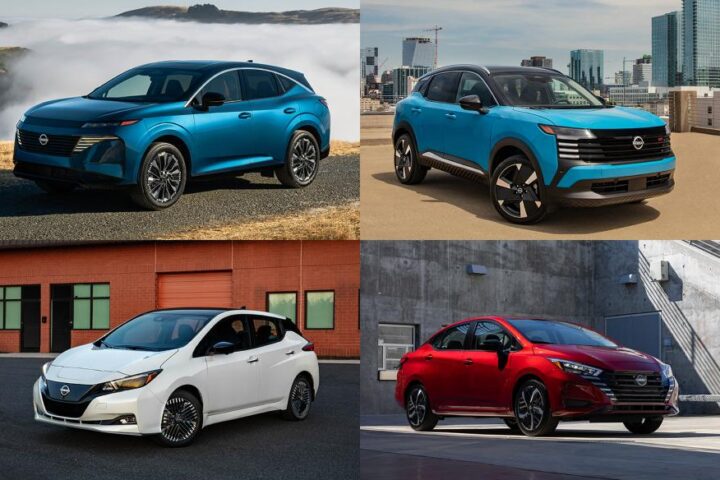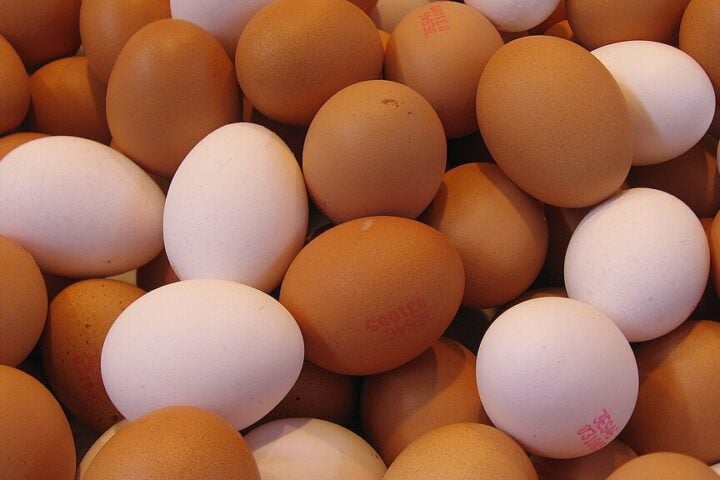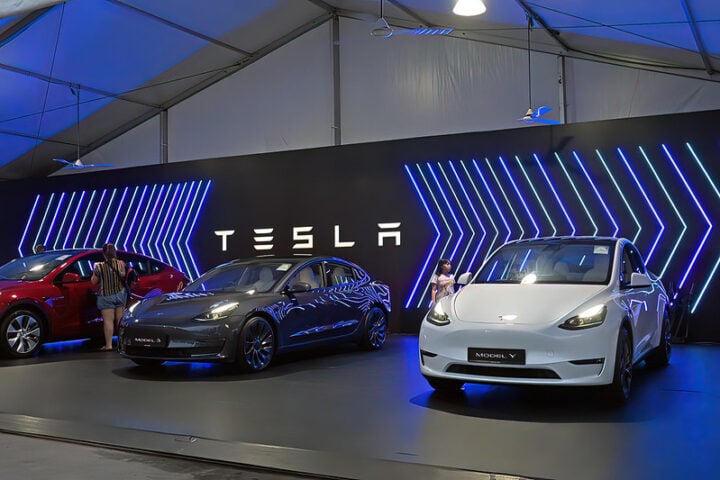The European Union and China are trying a new approach to their electric vehicle trade dispute. Officials from both sides have started talks about setting minimum prices for Chinese-made electric vehicles sold in Europe, rather than continuing with the high tariffs imposed last year.
The discussions began after EU Trade Commissioner Maros Sefcovic spoke with Chinese Commerce Minister Wang Wentao. China’s Commerce Ministry confirmed that negotiations are starting right away. This marks a potential turning point in a dispute that has worried automakers and raised prices for European car buyers.
The Tariff Problem
The EU slapped tariffs of up to 45.3% on Chinese electric vehicles in October 2024. They did this after deciding Chinese companies were getting unfair government help back home. Different companies got different tariff rates – BYD vehicles got hit with 17%, Geely with 18.8%, and SAIC with 35.3%. These came on top of the regular 10% tax Europe already charges on imported cars.
Price Floors Instead of Tariffs
The new talks focus on setting minimum selling prices for Chinese electric cars in Europe instead of using tariffs. Sefcovic has made it clear that any new system must work just as well as the tariffs in protecting European carmakers.
This approach isn’t simple. While the EU has used minimum prices before for basic materials like steel, they’ve never tried it with something as complex as cars. Electric vehicles come in many types with different features and price points – from basic models to luxury SUVs. Creating price floors that make sense across this range will be tricky.
Similar Posts
German Carmakers Relieved
German auto companies are breathing easier with these talks underway. The German auto industry association (VDA) called the tariffs a “mistake” from the start. This makes sense when you consider that German carmakers sold one-third of their vehicles in China last year. They’ve been worried about damage to their Chinese business if the trade fight gets worse.
“The reduction of tariffs and trade barriers is a key driver for further investment and jobs in the United States,” the VDA stated.
Bigger Picture: Global Trade Tensions
This isn’t happening in isolation. China has already hit back at the EU by targeting French cognac with tariffs. This has hurt sales for brands like Hennessey and Remy Cointreau in the valuable Chinese market.
The talks are also taking place as President Donald Trump renews trade battles with both the EU and China. This creates additional pressure on both sides to find a solution.
Key Questions Still Unanswered
Many important details about this minimum price idea remain unclear:
- What price levels would be set for different types of vehicles?
- How would officials make sure companies follow the rules?
- How long would such an agreement last?
- What would stop companies from finding loopholes?
Chinese electric vehicles have been gaining popularity in Europe. They reportedly made up about 19.5% of the EU electric car market in 2024, and some experts predict this could grow beyond 25% this year.
How these talks end will affect car prices for European buyers, the business plans of manufacturers on both sides, and Europe’s shift toward electric transportation. The negotiations represent a critical moment for the future of electric vehicles in Europe.
The EU imposed tariffs of up to 45.3% on Chinese EVs in October 2024 after concluding that Chinese manufacturers received substantial government subsidies that created an unfair competitive advantage. The European Commission believed these subsidies allowed Chinese companies to sell their EVs at artificially low prices in Europe, potentially harming European automakers.
A minimum price agreement would set price floors below which Chinese EVs could not be sold in the European market. Instead of paying tariffs, Chinese manufacturers would commit to selling their vehicles above certain threshold prices. This approach aims to address the concerns about unfair price competition while potentially allowing for continued trade. The EU has used minimum price agreements before, but typically only for basic materials like steel, not complex products like vehicles.
Chinese electric vehicles have gained significant market share in Europe, reportedly accounting for about 19.5% of the EU electric car market in 2024. Analysts project this share could grow beyond 25% in 2025 if current trends continue. Major Chinese manufacturers in Europe include BYD, Geely, and SAIC, which sell various models ranging from affordable city cars to premium SUVs.
German automakers are particularly concerned about these tariffs because they sell approximately one-third of their vehicles in China. They fear retaliatory measures from China that could harm their substantial business interests there. The German auto industry association (VDA) has called the tariffs a “mistake” and has advocated for negotiated solutions rather than trade barriers, emphasizing the importance of maintaining good trade relations with China.
Yes, China has already taken retaliatory measures against the EU by imposing tariffs on French cognac. This has hurt sales for French brands like Hennessey, Remy Cointreau, and Pernod Ricard in the Chinese market, which is a major export destination for these products. This shows China’s willingness to target specific EU industries in response to what it views as unfair trade practices.
The outcome of these negotiations could significantly impact EV prices in Europe. If tariffs remain, Chinese EVs would continue to be sold at higher prices due to the additional duties. If a minimum price agreement is reached, prices might still be higher than before the trade dispute but potentially lower than with full tariffs. The broader impact could affect competition, innovation, and the overall pace of EV adoption in Europe, as Chinese manufacturers have been offering relatively affordable electric vehicles to European consumers.
